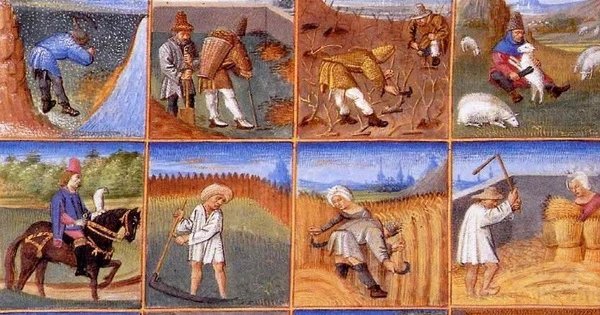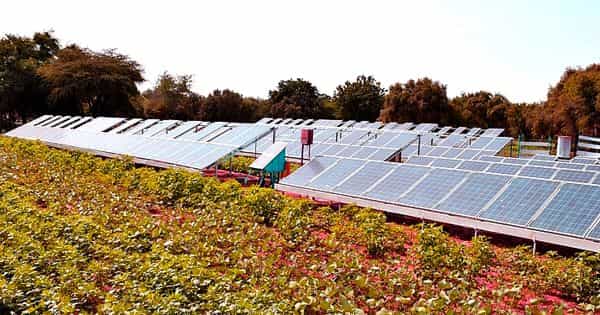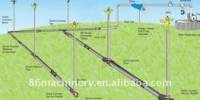Convertible husbandry is a flexible or adaptable approach to animal farming or agriculture in which the methods used can be modified or transformed in response to the individual needs of the animals or crops, as well as changing environmental or economic conditions. It is a farming system in which strips of arable farmland are periodically converted into grass pasture known as leys. It is also known as alternate husbandry or up-and-down husbandry. Some remained under grass for up to ten years before being ploughed under again, while others became permanent pasturage.
This notion highlights the significance of sustainability, animal care, and effective resource management. Convertible husbandry in the context of animal husbandry may imply the ability to change housing circumstances, feeding practices, or management techniques to fit different stages of animal growth, changing weather patterns, or developing consumer tastes. This method strives to optimize resource consumption, reduce environmental effect, and ensure animal well-being.
It was a process that occurred from the 16th to the 19th centuries in which “a higher proportion of land was used to support increasing numbers of livestock in many parts of England.” Its adoption was a critical component in the British Agricultural Revolution.
Ley farming, a similar system of growing fodder on fallow plots of arable land, remains in use today.
Description
Convertible husbandry was the practice of leaving arable land fallow for long periods of time to be used as pasture for cattle. This approach made use of animal excrement as fertilizer. Fertilizer was utilized in increasing quantities due to increased animal husbandry, which benefited agricultural yields when tillage was required. Farmers sowed special grass seeds to manage pasture quality.
A convertible husbandry system for chicken farming, for example, might include the utilization of mobile coops that can be moved to new pasture, allowing the birds to forage and obtain natural food sources. This method can be tailored to other varieties of poultry, such as chickens or turkeys, as well as diverse environmental circumstances and market demands.
Convertible husbandry is consistent with the ideals of sustainable agriculture and responsible animal stewardship, emphasizing the importance of holistic management techniques that favor long-term ecosystem health, animal welfare, and the well-being of farmers and farm workers.
















